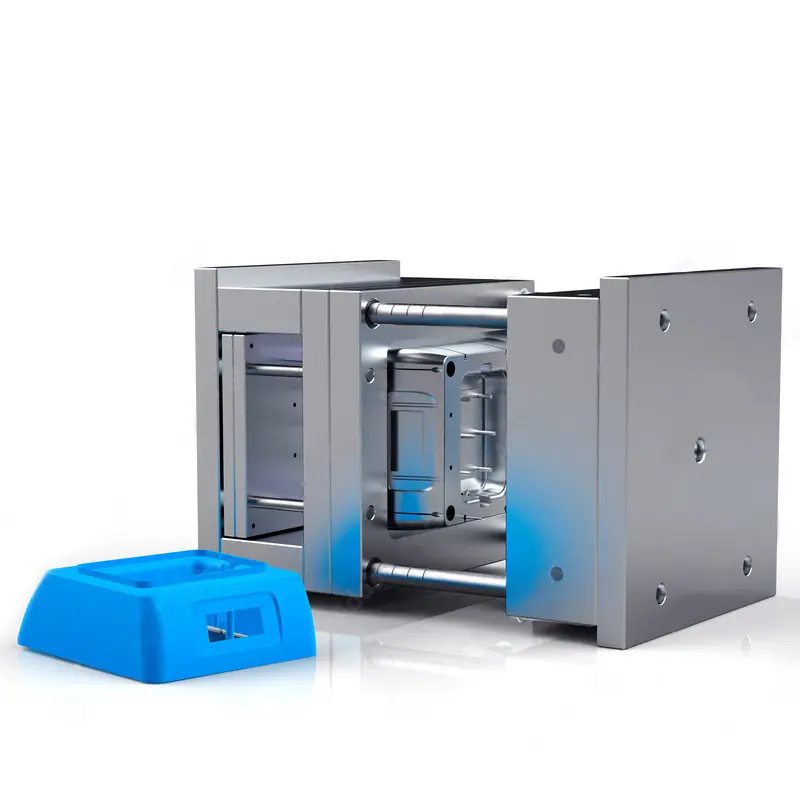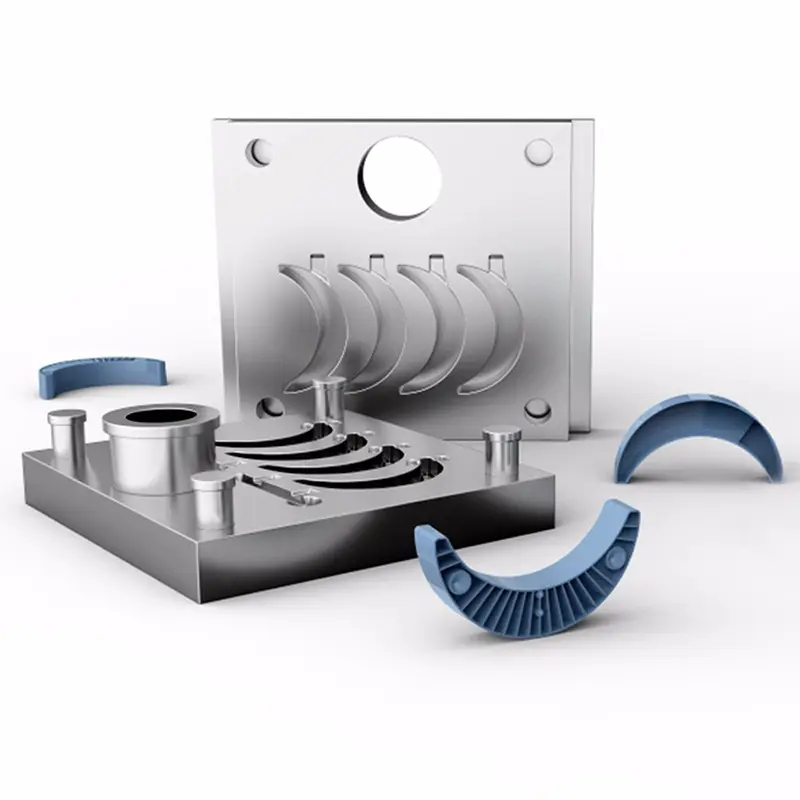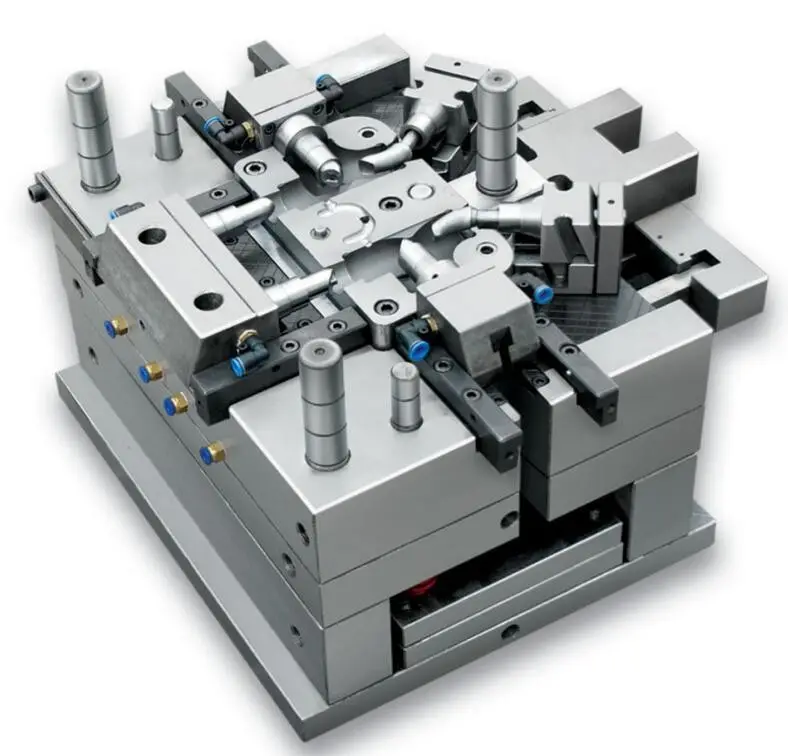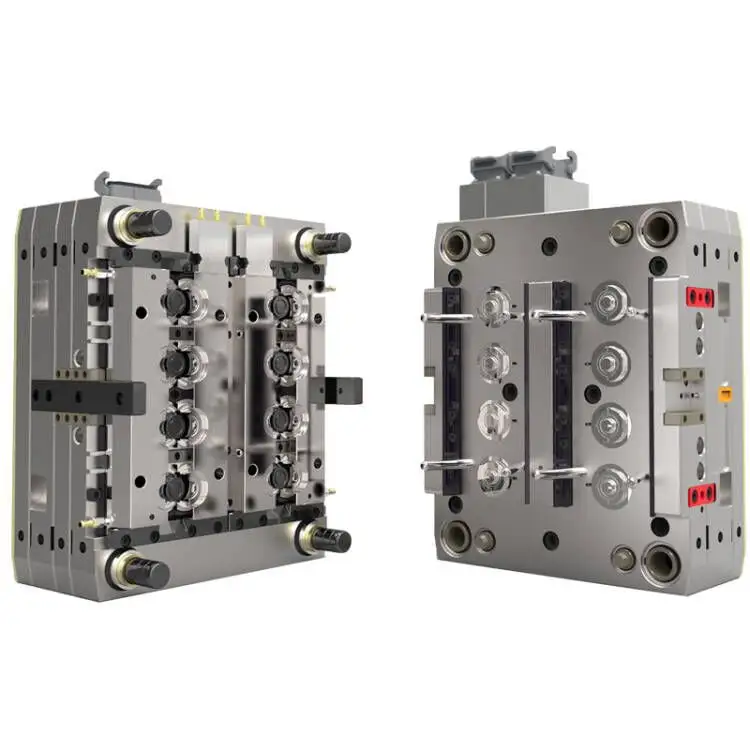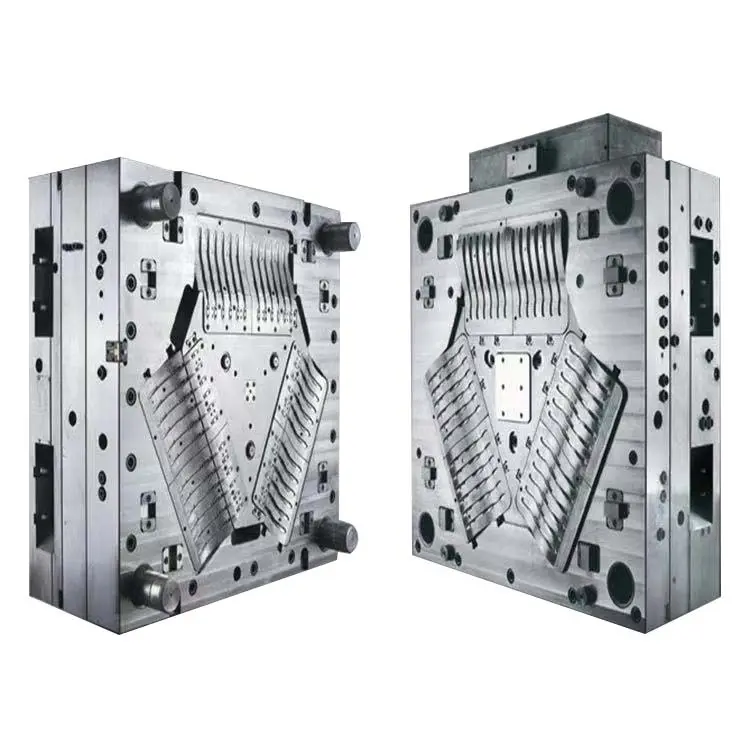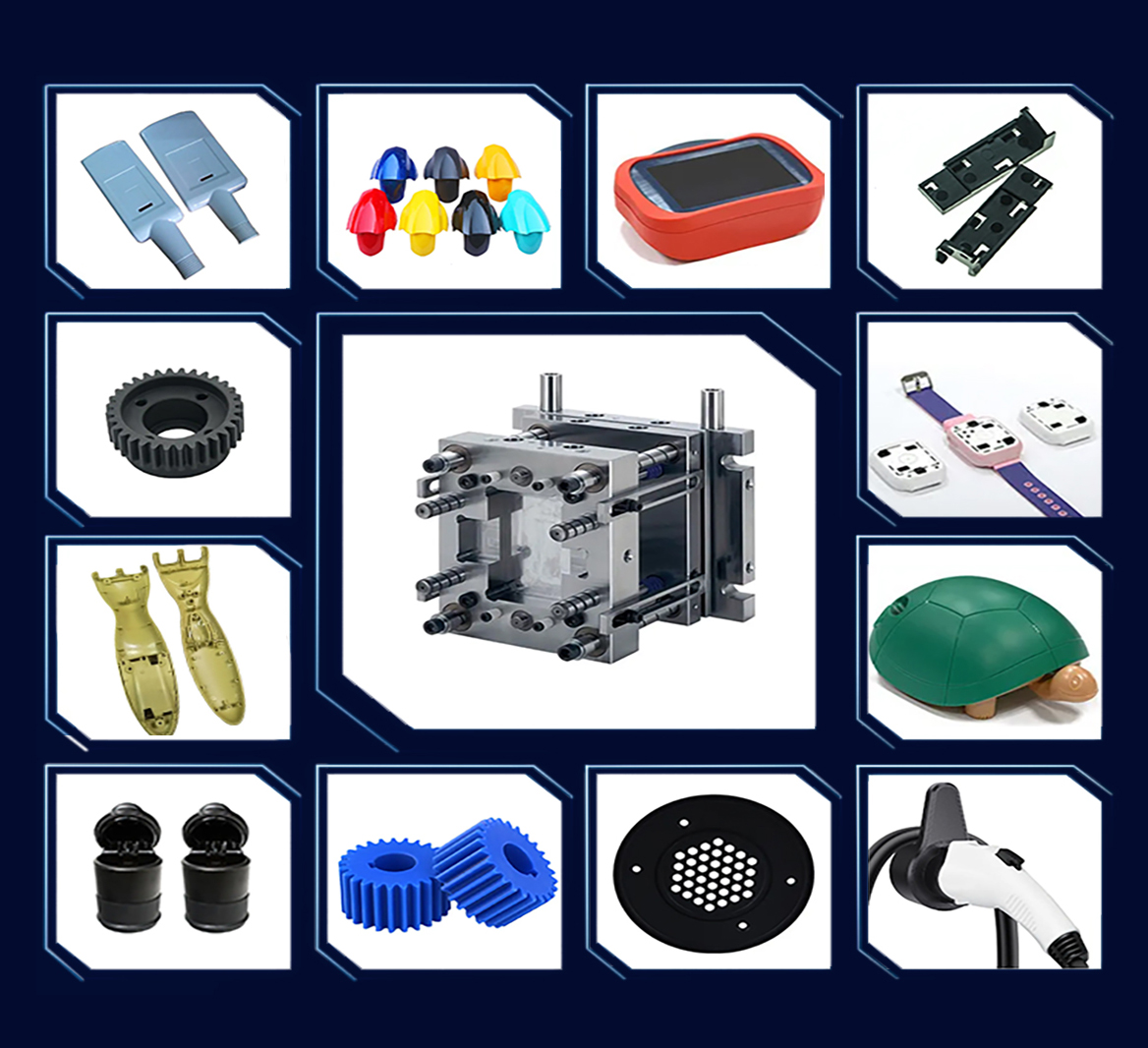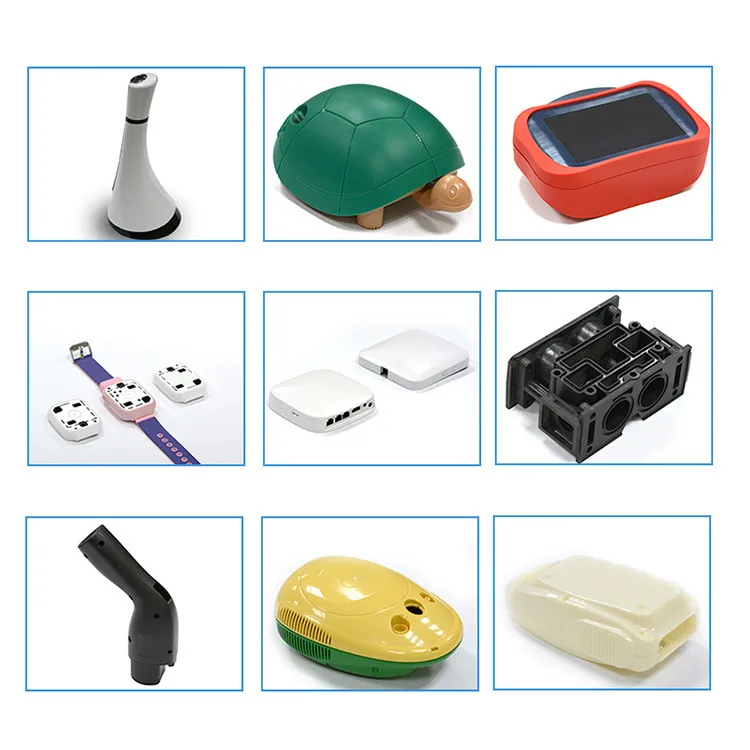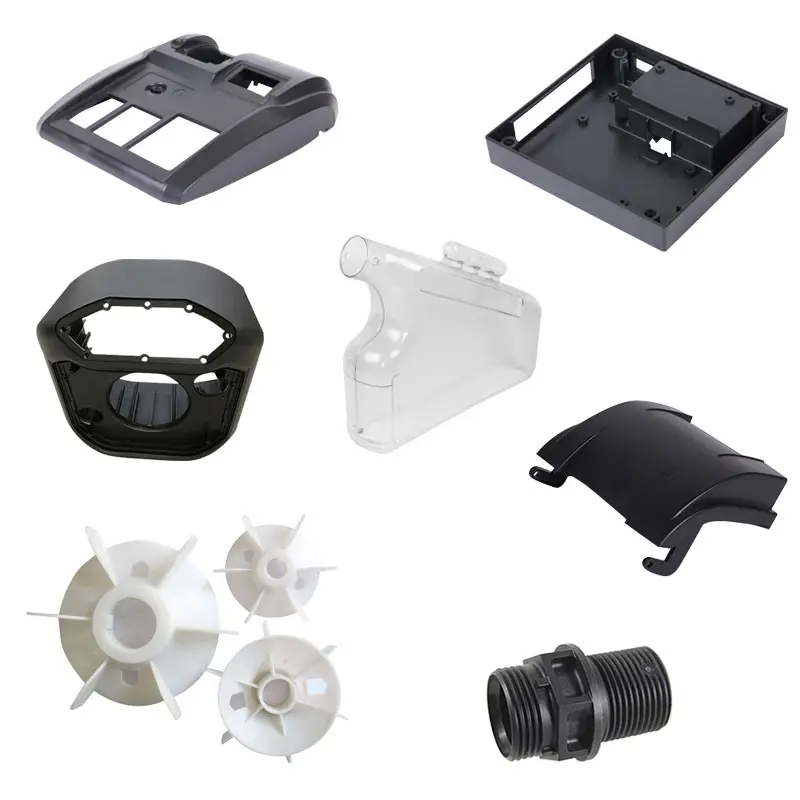Metal Injection Molding (MIM) and die casting are two popular manufacturing processes used to produce complex metal components with high precision and consistency. Elite, a leading injection molding manufacturer, offers expertise in both metal injection molding and die casting, catering to industries that require high-quality, reliable metal parts. While both processes share similarities, such as the ability to create intricate shapes and high-volume production capabilities, they differ significantly in terms of materials, production techniques, and end-use applications. In this article, we provide a detailed comparison of metal injection molding and die casting, highlighting their respective advantages, limitations, and ideal use cases.
What Is Metal Injection Molding (MIM) and How Does It Work?
Metal injection molding (MIM) is a manufacturing process that combines the principles of plastic injection molding and powder metallurgy. It involves mixing fine metal powders with a binder material to form a feedstock, which is then injected into a mold under high pressure to create a “green” part. This part is subsequently debinded and sintered to remove the binder and fuse the metal particles, resulting in a dense, high-strength metal component. MIM is particularly suited for producing small, complex parts with tight tolerances and excellent surface finishes. Key advantages of MIM include:
- High Precision and Complexity: MIM enables the production of intricate shapes and fine details that would be difficult or impossible to achieve through traditional machining or casting methods.
- Material Versatility: MIM can be used with a wide range of metals, including stainless steel, titanium, and tungsten, making it ideal for applications that require specific mechanical or chemical properties.
- Excellent Mechanical Properties: Parts produced through MIM exhibit high strength, density, and consistency, making them suitable for demanding applications such as medical devices, aerospace components, and automotive parts.
- Low Material Waste: The process generates minimal material waste, as excess feedstock can be recycled and reused, contributing to cost efficiency and sustainability.

What Are the Key Features of Die Casting?
Die casting is a manufacturing process in which molten metal is injected into a metal mold (die) under high pressure. The metal solidifies rapidly within the die, creating a part that is then ejected and finished as needed. Die casting is widely used for producing medium to large-sized metal components in industries such as automotive, electronics, and consumer goods. Key features of die casting include:
- High Production Speed: Die casting offers faster cycle times compared to MIM, making it ideal for high-volume production of larger parts.
- Cost Efficiency for High Volumes: Die casting is more cost-effective for large production runs, as the initial investment in tooling can be amortized over a large number of parts.
- Good Surface Finish and Accuracy: Die cast parts typically have good surface finishes and dimensional accuracy, reducing the need for secondary machining or finishing.
- Limited Material Compatibility: Die casting is generally limited to low-melting-point metals such as aluminum, zinc, and magnesium. This restricts its use for high-performance materials like stainless steel or titanium.
Durability and Product Lifespan of MIM and Die Cast Components
MIM and die cast components both offer excellent durability and long-lasting performance, but the choice between the two depends on the application’s specific requirements. Elite’s MIM components are known for their high density and superior mechanical properties, which ensure that parts can withstand high stress, wear, and impact over prolonged periods. This makes MIM ideal for small, high-strength components that require precise tolerances and exceptional durability, such as gears, connectors, and surgical instruments. Die cast components, on the other hand, offer robust performance and good corrosion resistance for larger parts that require complex shapes and smooth surface finishes. While die cast parts may not achieve the same mechanical properties as MIM, they provide reliable structural integrity and longevity for applications such as engine housings, brackets, and enclosures. The durability and product lifespan of both MIM and die cast components depend on factors such as material selection, design, and environmental conditions, making it essential to choose the right process based on the intended use and performance expectations.
How Do Metal Injection Molding and Die Casting Compare in Terms of Cost and Application?
When choosing between MIM and die casting, cost and application suitability are critical considerations:
- Cost Considerations: MIM typically has a higher initial cost due to the complexity of the process and materials involved. However, it becomes more cost-effective for small, high-precision parts that would otherwise require extensive machining or multiple assembly steps. Die casting, on the other hand, has lower per-part costs for large volumes but may require significant upfront investment in tooling. It is generally more economical for medium to large-sized parts and high-volume production runs.
- Application Suitability: MIM is best suited for small, intricate components that require high strength, density, and tight tolerances, such as watch parts, dental implants, and miniature connectors. Die casting is ideal for producing larger parts with good surface finish and moderate strength, such as automotive components, heat sinks, and housing parts for electronics.
Conclusion
Metal injection molding and die casting each offer distinct benefits and are suitable for different types of applications. MIM excels in producing small, complex parts with excellent mechanical properties and high material versatility, making it ideal for high-precision industries such as aerospace, medical, and electronics. Die casting, with its faster production speed and cost-effectiveness for large parts, is well-suited for medium to large-sized components in automotive, consumer goods, and industrial applications. Elite’s expertise in both manufacturing methods ensures that customers can choose the most appropriate solution for their specific needs, achieving the right balance of quality, performance, and cost efficiency. By understanding the unique advantages and limitations of each process, manufacturers can make informed decisions that optimize their production processes and enhance overall product quality.

